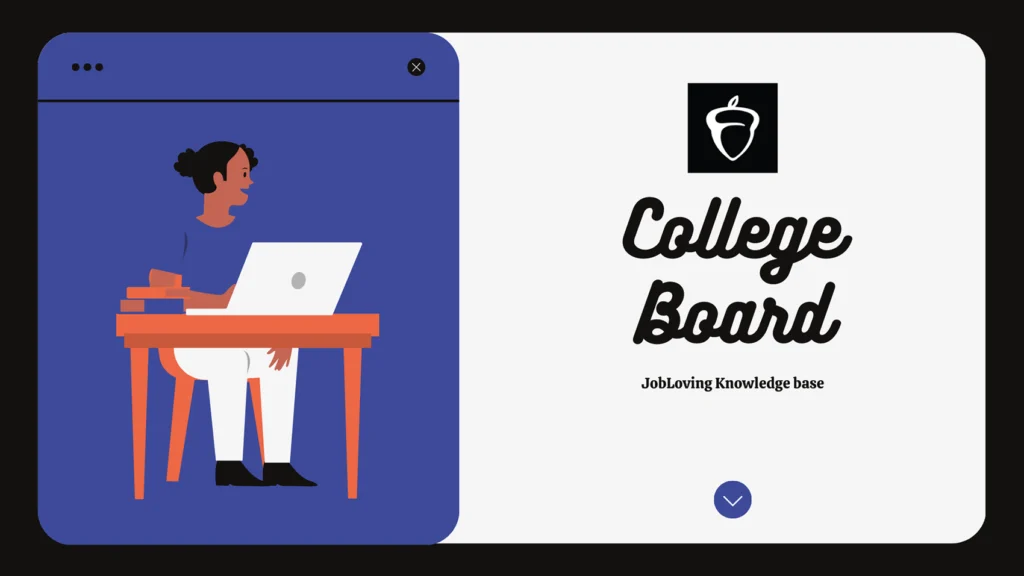Unveiling the Mysteries of Abstraction in AP CSP: What the College Board Doesn’t Want You to Know
Hey there, future coding wizards! You’re probably knee-deep in AP Computer Science Principles (CSP), and let’s be honest, the concept of abstraction can be a real head-scratcher. You’re trying to wrap your brain around the idea of reducing information to focus on the essentials, but then the College Board throws you a curveball with their definition of what counts as “student-developed abstraction.”
Let’s face it, the College Board’s definition of abstraction can feel a bit like trying to understand a foreign language. They’re all about “student-developed” abstractions, which basically means you’re supposed to conjure up your own code from scratch. But hold on, because there’s a catch. They’re not keen on you using pre-built functions or language structures.
So, what exactly is NOT considered an abstraction by the College Board? Let’s dive into this confusing world of coding restrictions.
The Forbidden Fruit of Pre-Built Abstractions
The College Board is adamant that you don’t use pre-built functions or language structures. It’s like they’re saying, “No shortcuts, young padawan!” But why? Well, it all comes down to demonstrating your understanding of the *underlying concepts*.
Imagine you’re building a house. You could use pre-made bricks, or you could create bricks from scratch. The College Board wants to see you create your own bricks to prove you understand the process. However, they’re not saying you *can’t* use pre-made bricks. They’re just saying they won’t give you credit for using them.
Here are some examples of what the College Board considers off-limits:
- Event Handlers: These are built-in functions that handle user interactions, like clicking a button. The College Board views them as pre-made abstractions that don’t showcase your coding prowess.
- Main Methods: The main method is the starting point of your program, and it’s often built-in. You can’t get credit for using it as an abstraction.
- Libraries: These are collections of pre-written code that can be used to perform common tasks. The College Board doesn’t consider using them as a student-developed abstraction.
So, What’s the Deal with Student-Developed Abstractions?
The College Board wants to see you create your own functions, procedures, and algorithms. These are the building blocks of your program, and they should reflect your understanding of the underlying concepts.
For example, if you’re writing a program that simulates a game, you could create a function called “trackLives” to keep track of the player’s remaining lives. This would be considered a student-developed abstraction because you’ve created it from scratch.
Here are some tips for creating student-developed abstractions:
- Break Down Complex Problems: Identify the key tasks or components of your program and create functions or procedures to handle them.
- Reuse Your Code: If you find yourself repeating the same block of code multiple times, create a function or procedure to encapsulate it.
- Think About the Big Picture: What are the essential concepts or ideas that your program is based on? How can you abstract those concepts into functions or procedures?
Don’t Let Abstraction Be a Game of Hide-and-Seek
Remember, abstraction isn’t just about writing code; it’s about understanding the underlying concepts and using them to create more efficient and reusable code. The College Board wants you to demonstrate that understanding, so don’t be afraid to get creative and think outside the box.
If you’re still confused about what constitutes a student-developed abstraction, don’t hesitate to ask your teacher or a tutor for clarification. And remember, the College Board is not your enemy. They want you to succeed, and understanding abstraction is a crucial part of that success.
So, go forth and conquer the world of abstraction! And if you need any further help, feel free to connect with us at the JobLoving community. We’re here to help you navigate the complexities of AP CSP, one abstraction at a time.

